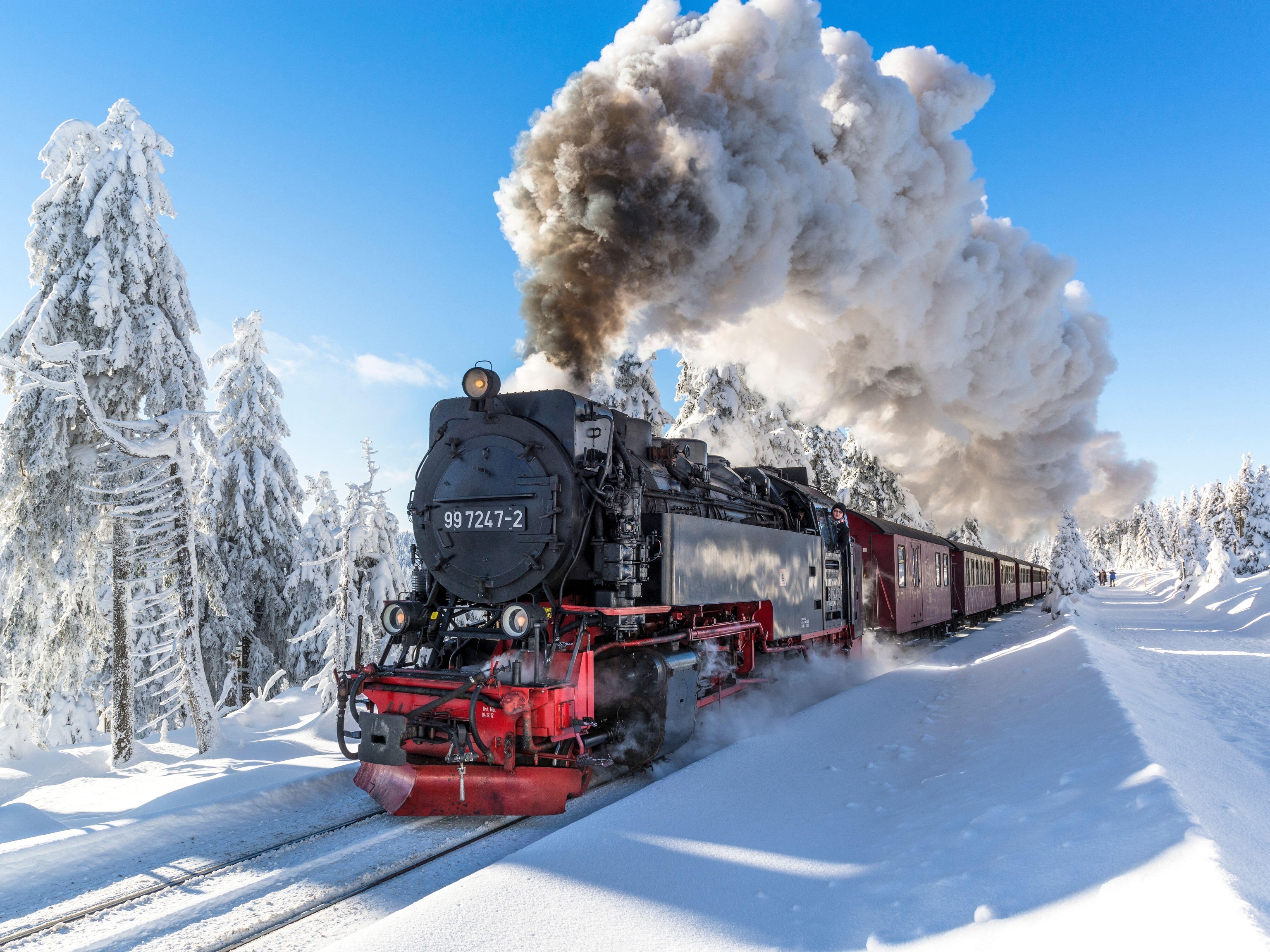Behind the Lens: The Perfect Time-Lapse in Monument Valley
Here are key tips and tricks from Dan Westergren, National Geographic photographer, on how to capture a mesmerizing time-lapse.
Monument Valley, a Navajo Tribal park located along the Arizona/Utah border, is a truly iconic American scene. Decades of movie goers, if they close their eyes and think, “American West” will probably see the Mittens and Merrick buttes in their mind. This place has been memorialized in countless movies, photographs, and even video games. How could I hope to make a photograph here that does justice to the scene, but still make it my own? I had a plan to try and make that happen.
Before arriving I had contracted with a Navajo guide and driver to take me out on two excursions, one at sunrise and one at sunset. The sunrise outing was mildly successful, but the sun never really came out. I wasn’t too disappointed, knowing I would have another chance at the end of the day. By lunchtime it started to rain and I was getting nervous. My guide called and told me the road into the monument was too muddy and he wouldn’t be picking me up for our arranged sunset shoot.
By 4:30p.m. I was sitting in a rental car in the parking lot cursing my luck, watching raindrops roll down the windows. Every 15 minutes I would venture out into the rain compulsively taking pictures of the murky scene, knowing that it was all a waste of time.
But then at 5:30p.m. the sky started to get perceptibly brighter. Within 15 minutes the sun came roaring under the clouds and painted the scene with a double rainbow. There wasn’t time to find a unique vantage point, but like many national parks, the best view of Monument Valley is actually from the parking lot.
While paying attention to the rainbow, I noticed that the clouds were being whipped around by a high wind. I love shooting time-lapse photos and realized that if I didn’t mind setting my camera on a tripod out in the rain, I might capture an amazing show of dancing clouds. For a successful time-lapse I like to have at least 250 to 300 photos of the scene. It was just 15 minutes before sunset so I did a quick calculation, determining that by using a three second interval between pictures, I would have 300 photos before the scene got too dark.
However, there was an added difficulty to this particular scene. In normal daylight you need to set your camera on manual exposure to make sure the frames blend together smoothly. At sunset there is a pretty good chance that the exposure at the end would be radically different than the beginning. Time-lapse experts refer to this type of shot as “the Holy Grail” because it’s so difficult to achieve. It would seem that by simply setting the camera to an automatic mode, the problem would take care of itself. But that never works, the exposure won’t ramp smoothly from one frame to the next, producing a final result that has an annoying flicker.
- National Geographic Expeditions
In this case, I put my camera on a tripod, set the proper exposure for the start, letting the built-in intervalometer of my camera take a picture every three seconds, and walked away to shoot more traditional pictures of the scene.
Despite my planning, what really happened in the end was that I got lucky. I wouldn’t have been satisfied with this view as a still photo because it was taken from the most typical viewpoint. But by staying out in the rain, and recognizing the gift I had been given by the clearing storm, the result was better than I could have imagined.
The journeys of photographer and former Traveler director of photography Daniel R. Westergren have spanned the globe.





